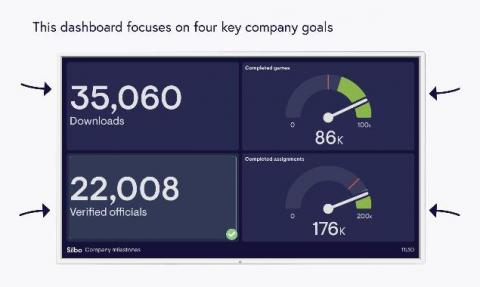5 ways to build trust for your online shop
A guest post from Alon Eisenberg at Trusted Shops. Building trust for your website is essential to building a loyal customer base. Why? Simply put, trust is the inspiration people need to enter their credit card information on your website. Unless you’re Amazon or another really famous brand, there will be some level of hesitation from shoppers when they visit your shop for the first time.










